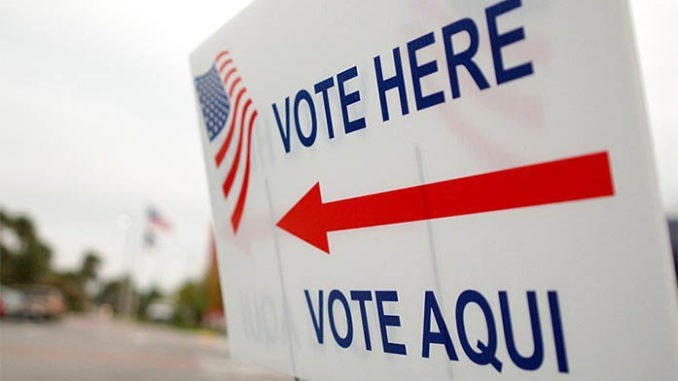
Scrutiny remains on voter protections as the election nears.
Multiple cases remain pending, but the rulings will be in effect this election cycle. The Election Procedures Manual created by the Secretary of State has been the topic of multiple lawsuits beginning in August.
Two lawsuits have been filed against Secretary of State Adrian Fontes regarding his iteration of the EPM. Most recently, a federal court judge struck down a procedure in the manual allowing Fontes to “nullify” a county’s election results if they do not certify the results in a timely manner.
“If the official canvass of any county has not been received by this deadline, the Secretary of State must proceed with the state canvass without including the votes of the missing county (i.e., the Secretary of State is not permitted to use an unofficial vote count in lieu of the county’s official canvass),” reads the manual.
Arizona U.S. District Judge Mike Liburdi ruled that this provision is “utterly without precedent” and would disenfranchise voters by dismissing their vote due solely to misconduct on the part of elected officials.
“If the right to vote ‘is the right of qualified voters within a state to cast their ballots and have them counted,’ then the Canvass Provision imposes the most severe burden: state-sanctioned disenfranchisement,” reads the ruling.
This provision was enacted as a failsafe after Cochise County delayed in certifying their midterm election results after which then Secretary of State Katie Hobbs threatened actions in line with this provision.
However, in Fontes’ filed opposition, he claimed that this provision was meant to be cautionary to dissuade counties from doing what Cochise did two years ago.
“It is a weapon in the Secretary’s arsenal that he has discretion to use should the circumstances present themselves—a weapon that does not become any less threatening simply because the Secretary is self-professedly ‘committed’ to not pulling the trigger,” Liburdi wrote.
Liburdi also filed an injunction against a speech provision, overlapping with an earlier state ruling, that would prohibit any activity “with the intent or effect of threatening, harassing, intimidating or coercing voters (or conspiring to do so) inside the 75-foot limit,” reads the EPM.
Plaintiffs argue that this places restrictions on free speech and Liburdi agreed. While these EPM procedures will not be in place during this election cycle, final litigation has yet to be determined on whether or not these procedures will be in place in the future.
Additionally, it was found that due to a MVD coding error, thousands of Maricopa County voters have been able to vote in local elections without providing proof of citizenship – a requirement in Arizona. “Friendly litigation” was immediately enacted to determine whether or not those voters will be able to vote a full ballot this election cycle. The judge ruled that they were indeed able to vote, but would be contacted by election officials to provide proof of citizenship for the next election cycle.
As of Monday, this oversight has affected about 218,000 Arizona voters.
“Let’s be clear, Prop 200 is an extreme law that attempts to solve a problem that is vanishingly rare,” Fontes said in a Sept. 30 statement. “The reality is these registrants have met the same legal standard as every other American who registers to vote: swearing under penalty of perjury that they are U.S. citizens. We can’t risk denying actual citizens the right to vote due to an error out of their control. This issue is another example of why we need to fund elections, update systems and staff, and carry forward our proven tradition of safe, fair and secure elections.”

